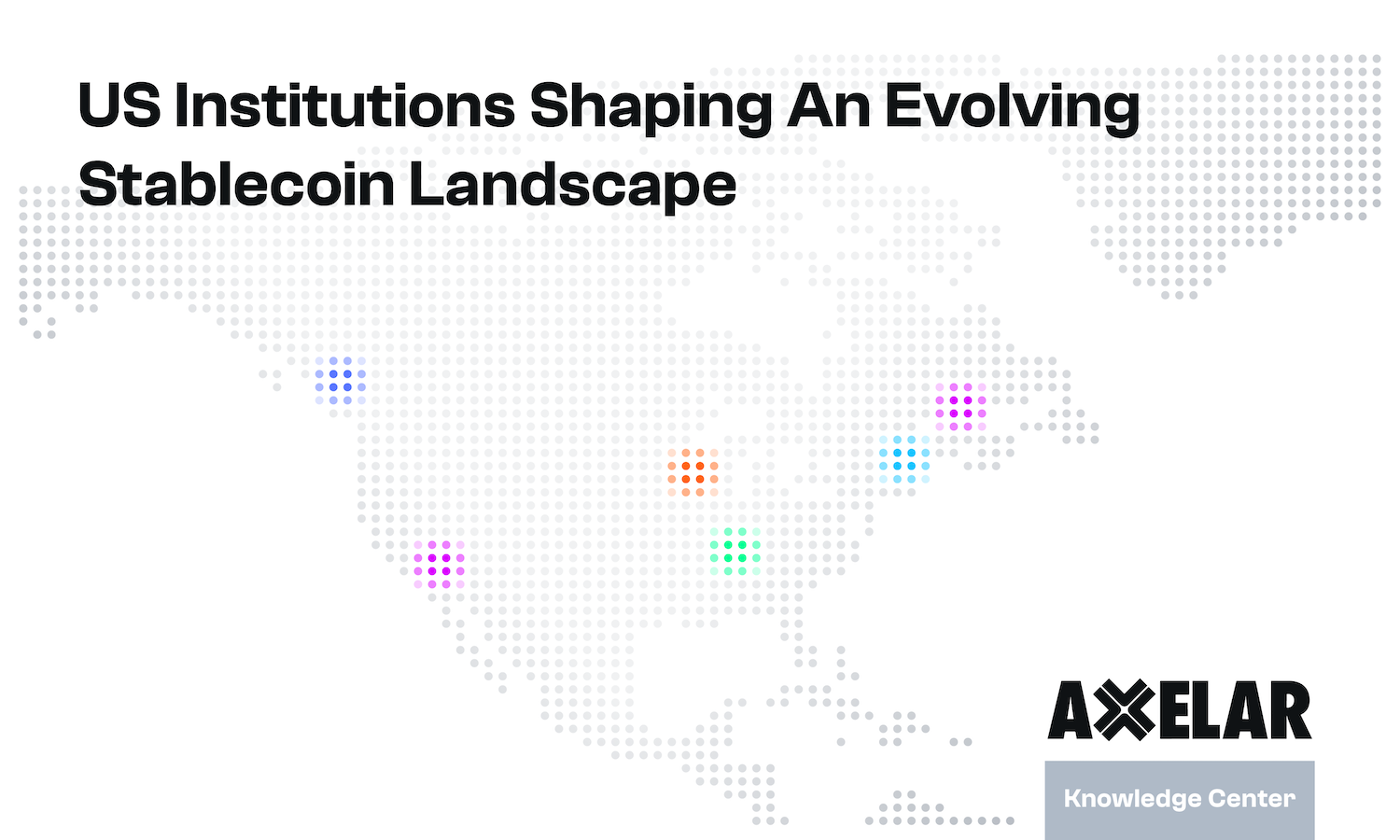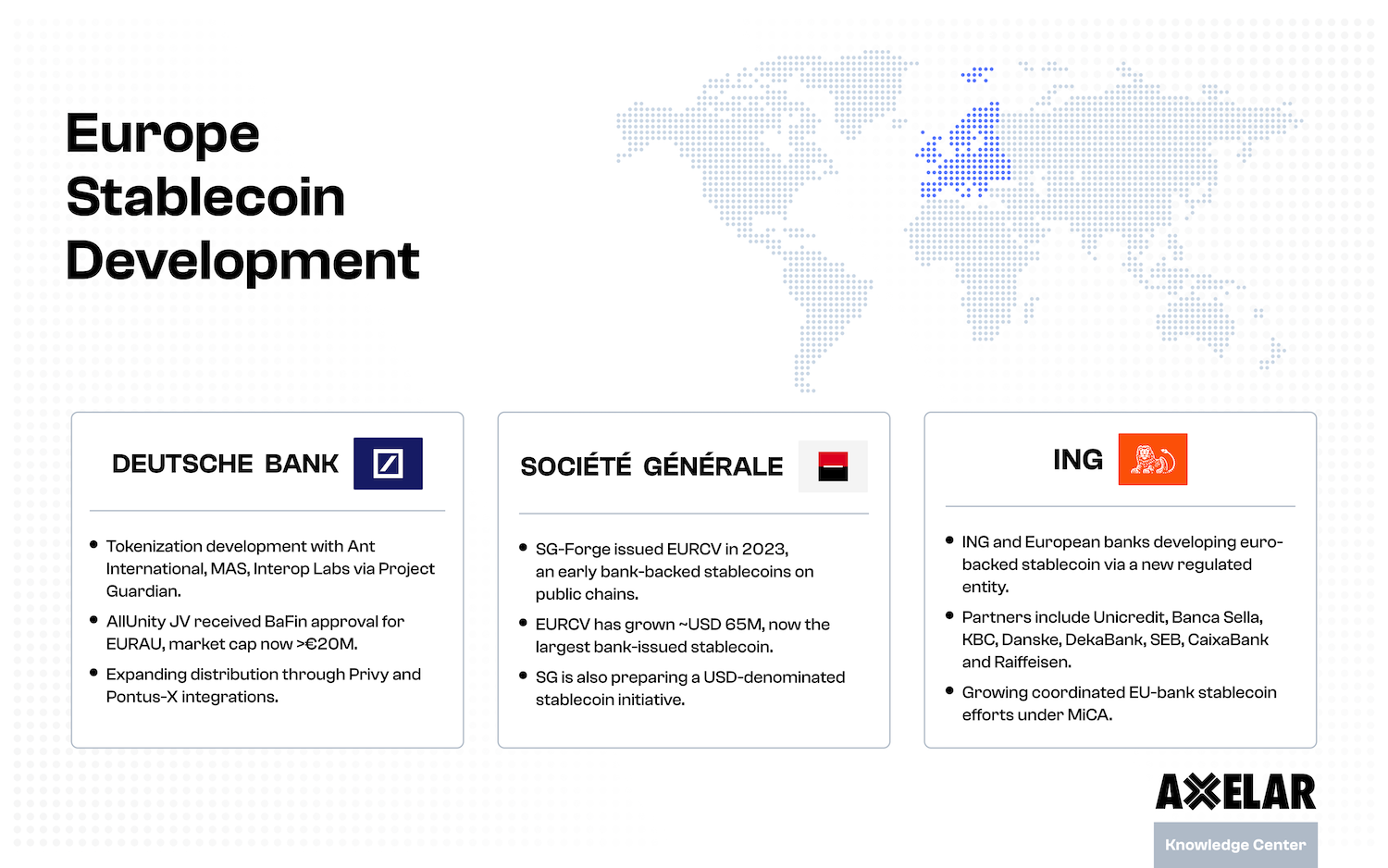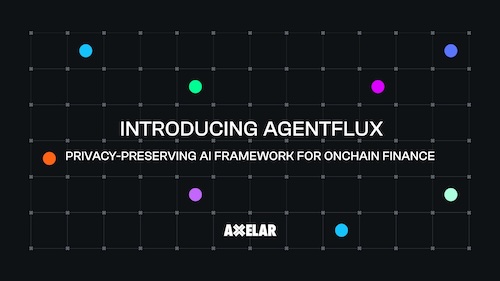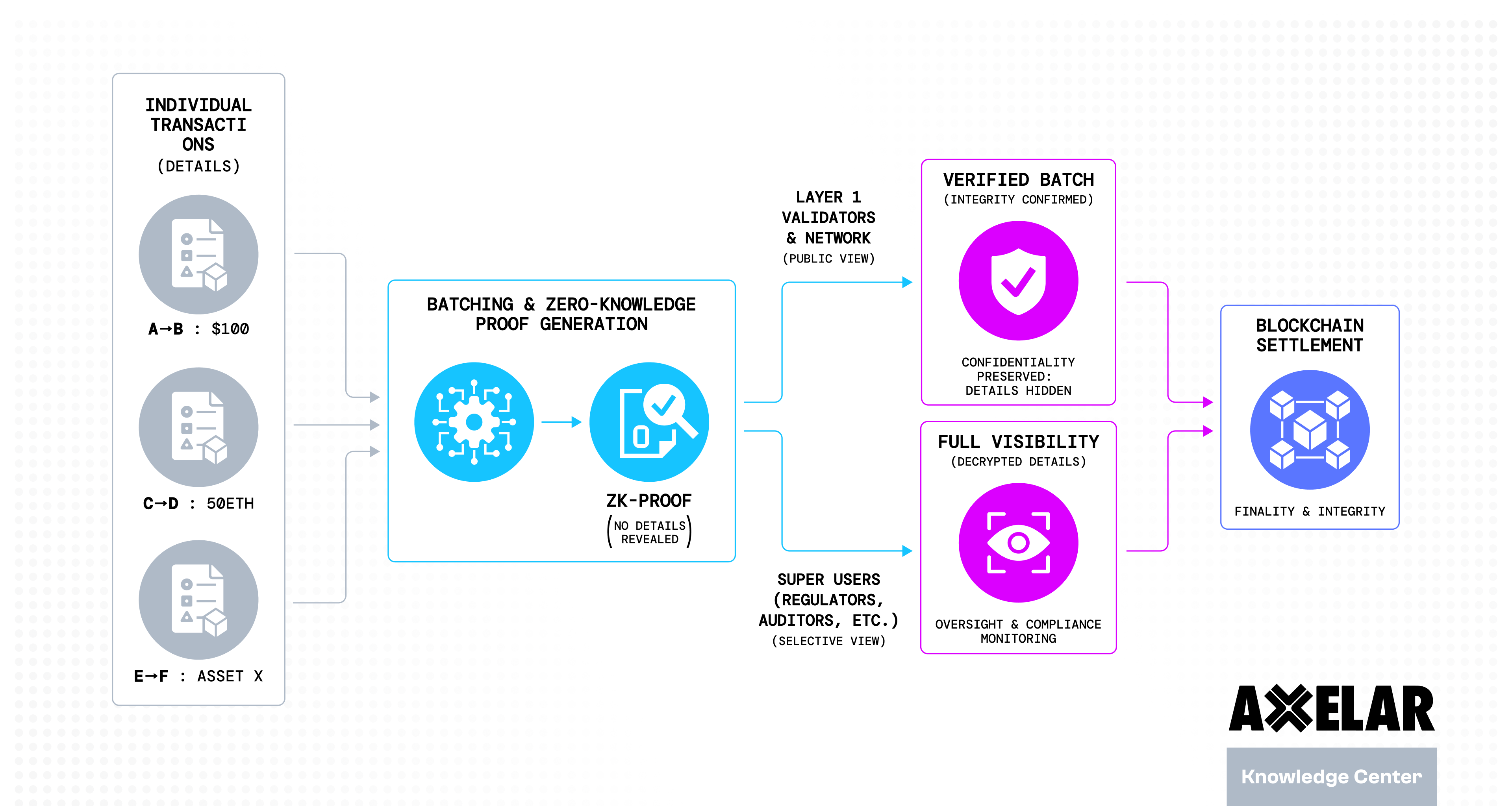US Institutions Shaping an Evolving Stablecoin Landscape
Table of Contents


Stablecoins are emerging as the future of digital money, but development across the US financial system is uneven. As the GENIUS Act moves toward full implementation, banks, asset managers, payments networks, and fintechs are advancing at very different speeds. Some institutions are already tokenizing deposits and treasury assets at scale, while others remain in early-stage pilots, waiting for regulatory clarity. The result: a rapidly shifting map of institutional stablecoin activity across the US and the global financial system.
In the US Institutions Shaping an Evolving Stablecoin Landscape report, we examine how American financial institutions are positioning themselves in the post-GENIUS Act landscape: who is building, who is scaling, and where the next wave of competition will emerge. Get insights on:
- Why tier-1 banks like J.P. Morgan, Bank of America, Citi, and Goldman Sachs are laying the groundwork for tokenized deposits, stablecoin infrastructure, and real-time liquidity.
- How asset managers including Fidelity, BlackRock, and Franklin Templeton are using tokenized money-market funds and digital liquidity vehicles to reshape cash management.
- Why payments giants Mastercard and Visa are integrating stablecoins directly into settlement flows and cross-border payouts.
- How fintech leaders such as Stripe, PayPal, Broadridge, and institutional crypto firms are accelerating issuance, custody, and global distribution of digital dollars.
Complete the form below to download the full report to see the institutions, innovations, and strategies shaping the next phase of US stablecoin development.


